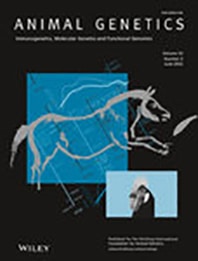
J. M. Yáñez, R. Joshi, G. M. Yoshida
Animal Genetics, Volume 51, Issue 5, October 2020, Pages 658-674
Summery
Selective breeding of tilapia populations started in the early 1990s and over the past three decades tilapia has become one of the most important farmed freshwater species, being produced in more than 125 countries around the globe. Although genome assemblies have been available since 2011, most of the tilapia industry still depends on classical selection techniques using mass spawning or pedigree information to select for growth traits with reported genetic gains of up to 20% per generation.
The involvement of international breeding companies and research institutions has resulted in the rapid development and application of genomic resources in the last few years. GWAS and genomic selection are expected to contribute to uncovering the genetic variants involved in economically relevant traits and increasing the genetic gain in selective breeding programs, respectively.
Developments over the next few years will probably focus on achieving a deep understanding of genetic architecture of complex traits, as well as accelerating genetic progress in the selection for growth-, quality- and robustness-related traits. Novel phenotyping technologies [i.e. phenomics], lower-cost whole-genome sequencing approaches, functional genomics and gene editing tools will be crucial in future developments for the improvement of tilapia aquaculture.
